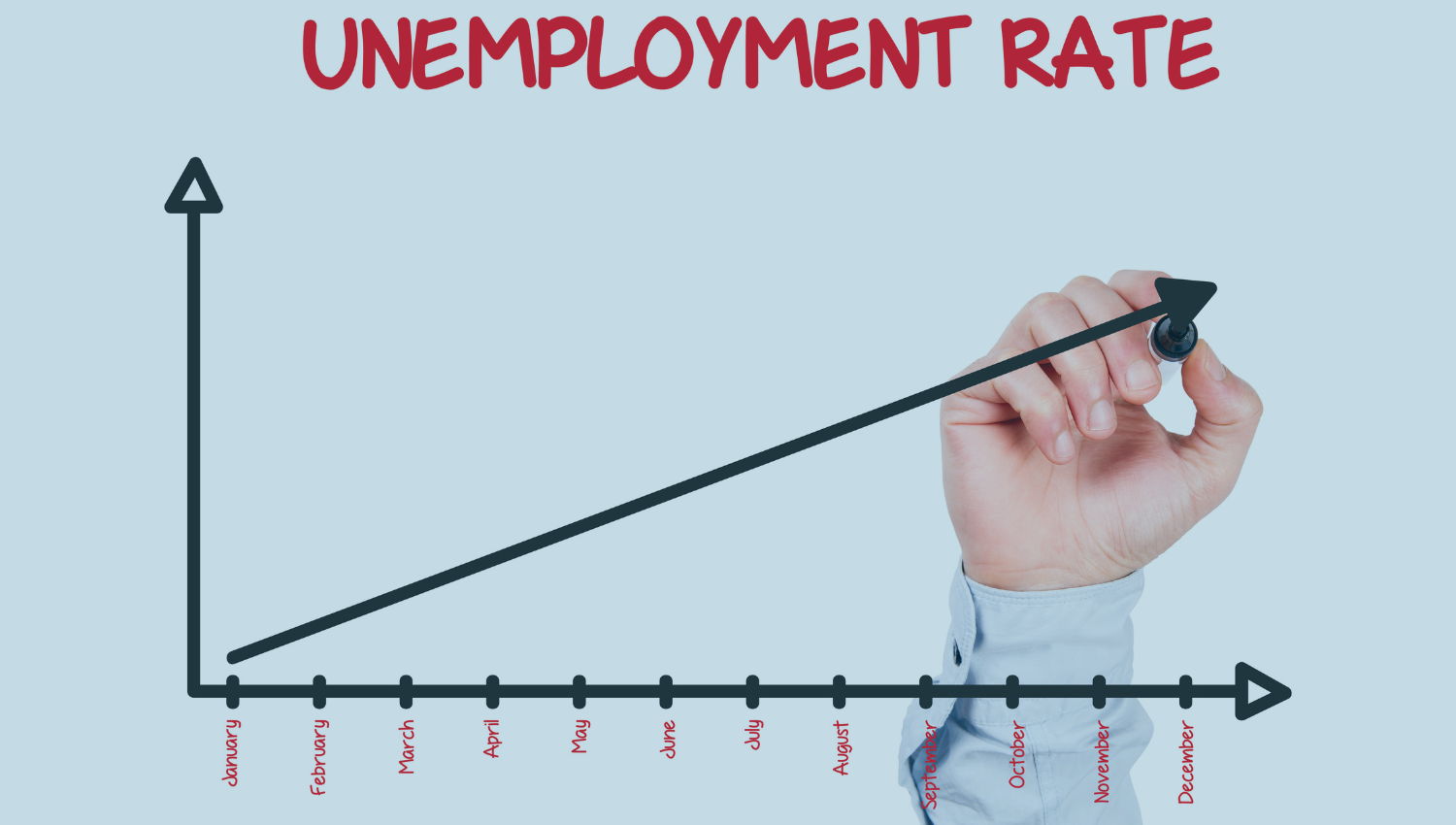Why the Unemployment Report is a Major Economic Indicator for Currency Markets

The global financial ecosystem operates on a delicate balance of various economic indicators that influence decision-making, ranging from interest rates to inflation and from trade balances to unemployment rates. Among these, the unemployment report holds particular significance for currency markets. Let’s delve into why this is the case.
1. Reflection of Economic Health
At its core, the unemployment rate is a reflection of a country’s economic health. A lower unemployment rate usually signals that the economy is doing well, which can be attributed to factors like strong consumer spending, robust business investments, or effective government policies. Conversely, a rising unemployment rate often signals economic downturns. This perception of economic health can influence foreign direct investments, which in turn affects demand for the country’s currency.
2. Impact on Monetary Policy
Central banks around the world use economic indicators, like the unemployment rate, to decide on their monetary policies. If unemployment is high, a central bank might decide to lower interest rates to stimulate borrowing and investment, hoping to fuel economic growth and job creation. When interest rates are reduced, it tends to decrease the attractiveness of a country’s currency for foreign investors looking for better returns, thereby putting downward pressure on the currency’s value.
3. Consumer Confidence and Spending
A high unemployment rate often correlates with reduced consumer confidence. When people are out of work or fear losing their jobs, they’re less likely to spend money on goods and services, impacting the overall economic activity. As consumer spending decreases, it can lead to a reduction in imports. A decreased demand for imports might lead to a decrease in demand for foreign currency, thus affecting currency exchange rates.
4. Influence on Fiscal Policies
Governments may adjust their fiscal policies in response to unemployment rates. For instance, they might increase public spending to create jobs or offer tax breaks to boost the economy. Such measures, while potentially beneficial in the short term, can also lead to increased national debt, which can be a red flag for forex traders and can influence the country’s credit rating, impacting the currency’s strength.
5. Speculative Trading
The currency markets, like all financial markets, are significantly driven by sentiment and speculation. When unemployment reports are released, they often come with substantial media coverage and analysis. Even the anticipation of such a report can lead to speculative trading. Forex traders may make decisions based on predictions about the unemployment rate, its expected impact on monetary and fiscal policies, and its potential effects on other related economic indicators.
6. Comparative Analysis
Currency markets operate on a relative basis where one currency’s strength is always in comparison to another. Thus, the unemployment rates in two countries (or economic zones, like the EU) can be compared to predict the direction of currency pairs (e.g., EUR/USD). If one country’s unemployment outlook is more favorable than another’s, it might boost its currency’s value in relation to the other.
Conclusion
The unemployment report is undeniably a cornerstone of economic analysis and has rippling effects throughout various sectors, especially the currency markets. It provides vital insights into the economic health and potential future direction of a country’s economy. As such, forex traders, investors, and policymakers closely monitor these reports to make informed decisions. While it is just one of many indicators, its centrality in reflecting economic well-being makes it indispensable for gauging currency market movements.

